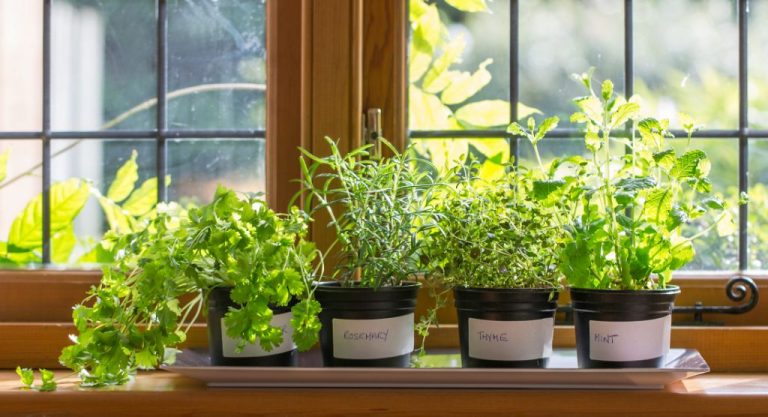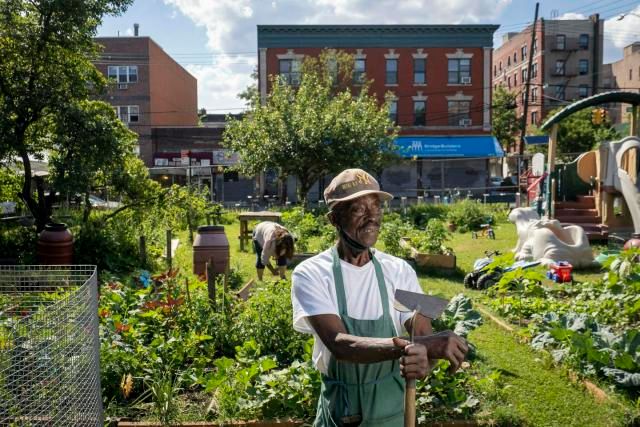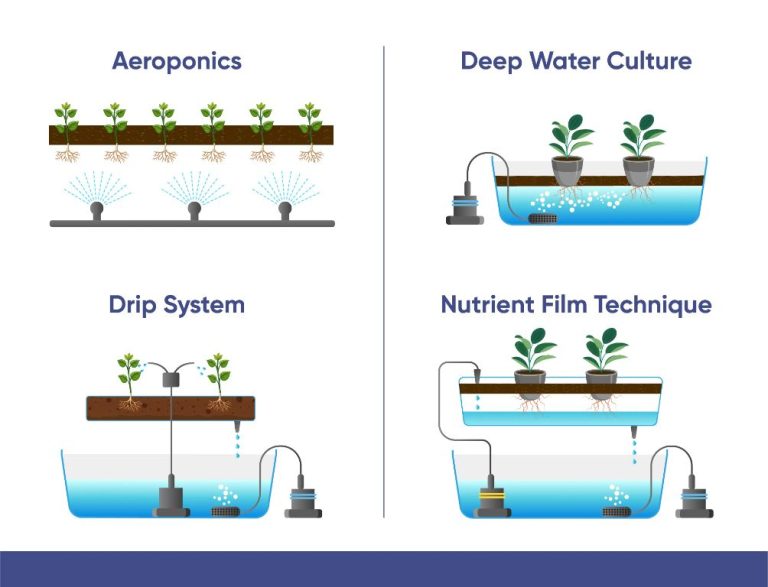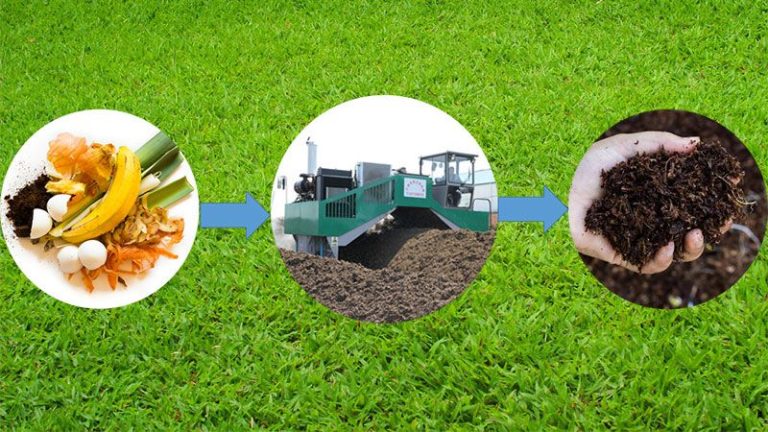Organic Gardening With Children: Teaching Sustainability From The Ground Up
This article provides an overview of organic gardening with children and the many benefits it offers for teaching kids about sustainability and life skills. Organic gardening avoids the use of synthetic pesticides and fertilizers, making it a safe and eco-friendly activity for children. Involving kids in gardening from a young age fosters an appreciation for nature, food origins, environmental stewardship, and self-sufficiency. The hands-on experience builds knowledge across multiple academic disciplines while providing fun outdoor play and quality family bonding time.
The goal of this guide is to explore the joys and advantages of gardening with kids using organic methods. It will cover how to get started with preparing, planting, growing, harvesting, and maintaining an organic garden. Tips for making it an engaging educational experience for children will be provided. Teaching kids sustainable gardening practices helps set them on the path to becoming environmentally-conscious adults. The aim is to inspire parents and educators to connect children with nature through organic gardening.
Getting Started
Starting an organic garden with kids can seem like an intimidating task, but with some planning and preparation, you’ll be on your way to growing healthy and sustainable food together in no time. The first step is to assess the space you have available to dedicate to your garden. Consider how much sunlight the area receives daily, as most vegetables need at least 6 hours of direct sun. Choose a level spot that is free from obstructions and has good drainage. If space is limited, start small with just a few containers or raised beds.
When deciding what to plant, involve kids in selecting their favorite fruits and veggies to grow. Focus on beginner-friendly crops like tomatoes, zucchini, carrots, beans, lettuce, and peas. Come up with a plan for crop rotation to replenish the soil each season. Purchase non-GMO, heirloom seeds suited for your region and time of planting. Have kids help make labels or signs to mark rows and keep track of what was planted where. Starting with just a few basic crops will set you up for an abundant first harvest!
Preparing the Soil
Proper soil preparation is crucial for a successful organic garden. Soil provides essential nutrients for plants to grow and thrive. When gardening with children, take time to teach them about the importance of starting with nutrient-rich soil.
Begin by testing your soil’s pH and nutrient levels. A soil test kit can be purchased at most garden centers. Make adjustments based on the test results by adding organic amendments like compost, manure, leaf mold or peat moss. According to The Old Farmer’s Almanac, adding compost is one of the best ways to improve soil structure and nutrient content.
Building raised garden beds is an excellent option for gardening with kids. Raised beds allow for better drainage and prevent soil compaction from foot traffic. They also define the growing area and bring the garden up to a height that’s easy for children to reach. Fill raised beds with a high-quality organic potting mix or amended garden soil.
Avoid using chemical fertilizers, pesticides or herbicides when gardening organically with children. These synthetic chemicals can harm pollinators, wildlife and soil microbiology. Naturally nourish plants and control pests with organic techniques like compost, mulch, crop rotation and companion planting.
Choosing Seeds & Plants
When choosing seeds and plants for an organic children’s garden, it’s best to select kid-friendly varieties that are easy to grow and fun to harvest. Consider plants with bright colors, unique shapes, or tasty rewards to captivate young gardeners. Non-GMO and heirloom seeds offer diversity and often have higher nutrient levels than hybrid varieties.
Some top kid-friendly plant recommendations include:
- Sunflowers – Towering stems with cheerful flower heads
- Pumpkins – Pick mini varieties for little hands to handle
- Carrots – Pull up rainbow colored roots to wash and eat
- Cherry tomatoes – Sweet ripe fruits ready to pop off the vine
- Peas – Fun pods to open and eat the tender peas inside
- Beans – Plant pole beans and make a living teepee to run through
- Strawberries – Pluck juicy red berries for instant satisfaction
When planning the garden layout, use companion planting principles to help deter pests and enhance growth. For example, interplant aromatic herbs like basil and dill near vegetables. Grow taller crops like corn and pole beans around shorter plants like lettuce and radishes. Rotate plant families each season to replenish the soil. Involving kids in every step will nurture their curiosity and connection to nature.
Planting & Growing
Getting children involved in planting seeds or starter plants is one of the best ways to teach them about gardening. Allow them to help prepare holes for seeds, place seeds in the holes, and cover them with soil. Teach them how deep to plant different types of seeds. For starter plants, let them carefully place each plant into the soil, pat soil around it, and water it gently. Reference [Organic Garden Tips For Kids – Teaching Kids About (…) (https://www.gardeningknowhow.com/special/children/teaching-kids-organic-gardening.htm)].
As the garden grows, children can take part in watering, weeding, and tending the plants. Show them how to carefully water at the base of plants and how to gently pull weeds instead of yanking them out. Let them look for signs of pests like chewed leaves or spots, and involve them in organic solutions like handpicking pests, using row covers, or applying natural repellents. Explain why chemicals should be avoided. Have them monitor soil moisture and document plant growth over time. Reference [Organic Gardening with Kids – Children’s Garden (https://earthsally.com/gardening-basics/organic-gardening-with-kids-childrens-garden.html)]
Dealing with garden pests in an organic way provides a great learning opportunity. Encourage curiosity about different bugs and why they might be drawn to certain plants. Teach gentle pest removal by hand and how to create habitats to attract beneficial insects. Apply organic sprays together and explain how they work naturally without chemicals. Reflect on how even pests are part of the garden ecosystem. Let children suggest organic solutions and experiment to see what works best.
Harvesting
Letting children harvest the fruits and vegetables they helped grow is one of the most rewarding parts of gardening with kids. According to this article, allowing kids to pick their own vegetables and fruits teaches them about the food cycle and encourages them to eat more produce. Select crops that are easy for small hands to pick such as cherry tomatoes, peas, beans, berries, and lettuce leaves.
Proper storage of the harvest is also an important lesson. Teach children how to wash and prep produce before placing it in reused containers or bags in the refrigerator. Some crops like onions and winter squash can be stored in a cool, dry place for months. Invite kids to get creative with storage solutions like braiding onion tops or stacking squash. According to this source, letting children be hands-on with the harvest makes them more likely to eat fresh fruits and veggies.
Cooking and eating the harvest is one of the tastiest ways for kids to enjoy the gardening experience. Look up recipes together for dishes like fresh tomato sauce, zucchini bread, berry smoothies, and pea salads. Let children help wash, chop, mix, and garnish. Eating produce picked straight from the garden encourages healthy eating habits.
Composting
Composting with children teaches valuable lessons about sustainability and reduces waste. Start by together making a simple compost bin out of wooden shipping pallets, snow fencing, or even a large plastic bin (Kidsgardening.org). Show children how to layer “green” and “brown” organic materials. Greens include fruit and vegetable scraps, grass clippings, and coffee grounds. Browns include dead leaves, sawdust, straw, and shredded paper (Kidsgardening.org). Explain that as these materials decompose, they create nutrient-rich compost that can go back into the garden soil.
Let kids collect compost materials like fallen leaves for browns and apple cores for greens. Show them how to layer greens and browns in the compost bin, making sure not to include any meat, oils or dairy which could cause odors and pests (Kidsdogardening.com). Have kids use a compost thermometer to observe how the decomposition process heats the pile. Keep the pile moist and turn or stir it periodically with a pitchfork or compost turner.
In a few months, your compost will be ready to spread in the garden. Demonstrate how compost boosts soil health, providing vital nutrients for new plants and crops to grow. Let children use compost in potting soil mixes and sprinkle it around the base of plants. They’ll see firsthand how compost completes the circle of life in the garden.
Other Sustainable Practices
Teaching children about sustainability in the garden goes beyond just using organic methods. There are many practices you can implement to conserve resources and maintain balance in the garden ecosystem.
Saving seeds from season to season is one of the most rewarding sustainable activities. Letting plants go to seed, collecting the seeds, drying them properly, and storing them for replanting allows you to propagation the next generation from your healthiest plants. This reduces reliance on buying new seeds each year. For details on seed saving, see this reference from Bonnie Plants on the key steps involved.
Employing natural pest control avoids the use of harsh chemical pesticides. Encourage beneficial insects like ladybugs and lacewings to take up residence in your garden. They will help keep pest populations in check. Plant flowers that attract pollinators and predatory insects. You can also make natural insecticidal sprays using ingredients like garlic, hot peppers, and soap. Learn more natural pest control options from the University of Maryland Extension.
Installing water conservation tools like rain barrels, soaker hoses, and mulch can significantly reduce the amount of water needed to maintain your garden. Collecting rainwater provides a free source for irrigating plants. Soaker hoses and drip irrigation systems deliver water right to a plant’s roots, avoiding waste from evaporation or overwatering. Spreading mulch retains moisture in the soil so you don’t need to water as frequently. The American Horticultural Society has more tips on conserving water in the garden.
Bonding with Nature
Getting kids outdoors into nature has numerous benefits for their development. Spending time gardening gives children the opportunity to foster an appreciation for the natural world around them. By planting seeds and watching them grow over time, kids gain a sense of wonder and the satisfaction of nurturing life.
Gardening also helps teach responsibility and care. Children learn that plants need attention and dedication in order to thrive. Giving kids their own small garden plot to tend teaches them how to be gentle yet diligent in looking after their plants. Taking care of their garden plot also gives them a sense of ownership and pride.
Being outdoors surrounded by living things provides a calm and restorative effect for children. Breathing fresh air and touching soil is grounding. Gardening gives kids’ minds a break from digital stimulation and the stresses of daily life. It’s been shown that spending time in nature improves concentration, self-discipline, creativity, and emotional wellbeing.
Overall, gardening is a rewarding way to foster a love of nature in children. By getting their hands dirty, they gain skills, satisfaction, and a deeper connection with the living world around them. These early bonding experiences shape their appreciation and respect for the environment in the future.
[1]
Teaching Life Skills
Gardening with children provides a hands-on opportunity to develop important life skills that will serve them well beyond the garden. Some key skills that kids can learn from gardening include:
- Planning – Gardening requires forethought and preparation. Children can learn how to make plans for what to plant, when to plant it, anticipating how large plants will grow, and more. They learn how their actions and planning affect the results. This encourages critical thinking, analysis, and strategy (Capital Gardens).
- Patience – Plants take time to sprout and grow, requiring patience. Kids must care for plants daily but wait weeks or months to enjoy the fruits (or vegetables) of their labor. Delayed gratification and patience are invaluable life skills learned through gardening (Create My Garden).
- Nurturing – Nurturing seeds and tender seedlings until they mature instills a sense of responsibility, caregiving, and pride as children see the results of tending their plants (Laidback Gardener).
- Teamwork – Gardening together builds cooperation. Children learn to work towards shared goals, divide tasks, and collaborate. Family bonding happens organically while digging, planting, and growing side-by-side.
- Purpose – Producing homegrown food provides children with a sense of purpose and responsibility. Kids take pride in nurturing plants that directly feed their family.
The hands-on skills gardening teaches, like planning, patience, caregiving and teamwork, help children develop character and practical life skills well beyond the garden.





